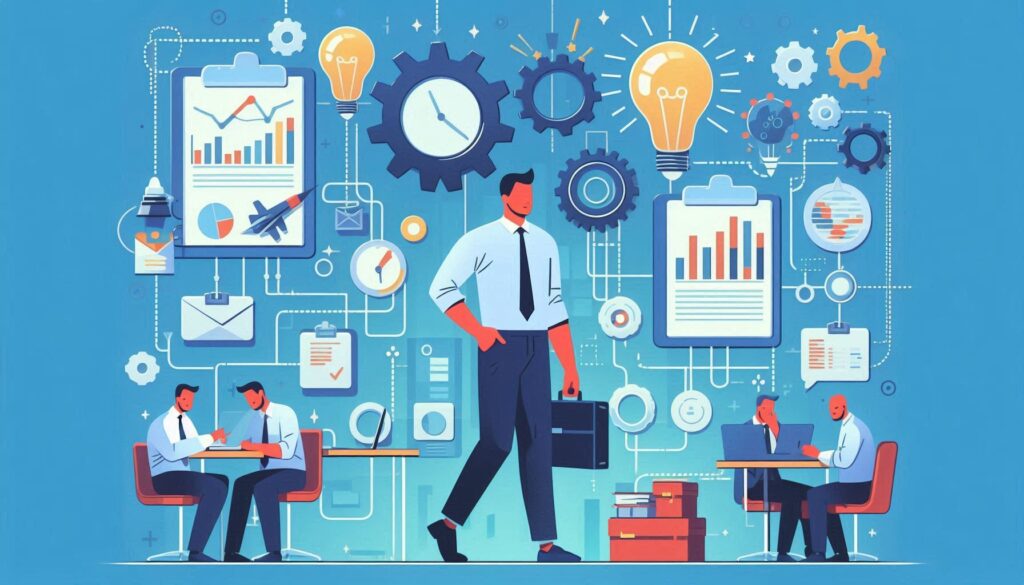Overcoming Challenges in Implementing a CMMS or EAM System
By: Paul Crocker, CMRP, CAMA2, VIB 1
Implementing a CMMS (Computerized Maintenance Management System) or EAM (Enterprise Asset Management) system can be a complex process fraught with challenges. However, organizations can effectively navigate these hurdles with the right strategies and tools.
Common Initial Hurdles
One common hurdle is unintentionally forgetting to involve key stakeholders. For instance, if the implementation’s focus is on work management and the storeroom, it’s possible to overlook the supply chain team or even operators. This oversight can lead to significant issues down the line.
Importance of a Clear Strategy and Roadmap
Without a clear strategy and roadmap, scope creep can quickly take over, making it difficult to focus on the tasks and deliver on project milestones. To end users, this can be confusing and may give the impression that the implementation has lost its way.
Effective Strategies for Getting Buy-In
Engaging directly with users through road shows can be an effective strategy for getting buy-in. Organizations can prepare users and gain their support by showing up, discussing the project overall, delivering a timeline for the implementation, and explaining where users will receive training.
Role of Change Management
Change management plays a huge role in the successful implementation of these systems. It’s all about the message—sticking to it, delivering on it, communicating it through numerous channels, and doing so often. Allowing feedback, tracking it, and responding promptly is also crucial.
Ensuring Continuous Engagement
Leadership from the top down is essential for ensuring continuous engagement. The message must be constant, and top management must enable middle and lower management to deliver on the implementation and support them in their work. Ultimately, it’s about providing value to internal and external stakeholders.
Tools and Techniques for Streamlining Implementation
Project managers can help with this task and alignment meetings between leadership, middle management, solution providers, and end users. These meetings ensure everyone is on the same page regarding requirements and expectations.
Implementing a CMMS or EAM system may seem daunting, but with clear strategies, effective stakeholder engagement, and strong leadership, organizations can overcome these challenges and reap the benefits of streamlined maintenance and reliability processes. Embracing a comprehensive approach to change management and maintaining continuous communication are key to ensuring success. By aligning all stakeholders and focusing on clear goals, organizations can unlock the full potential of their CMMS or EAM system, driving significant improvements in efficiency and productivity.






